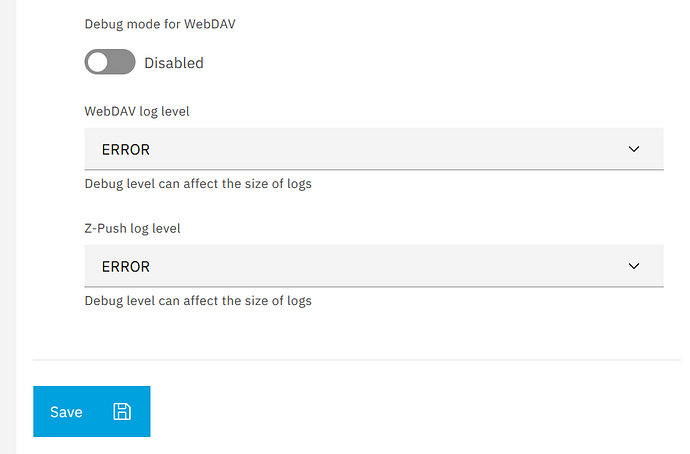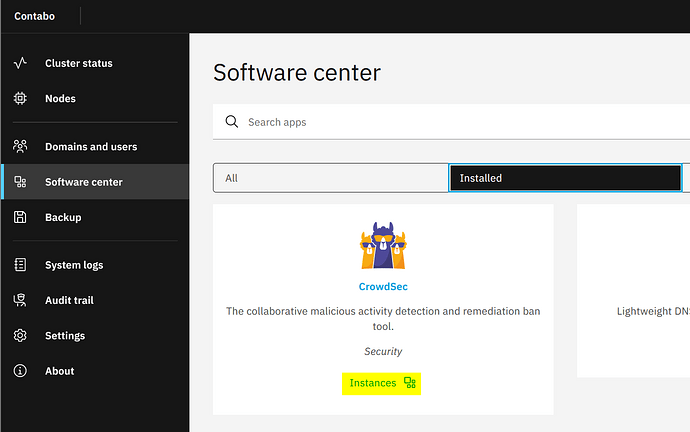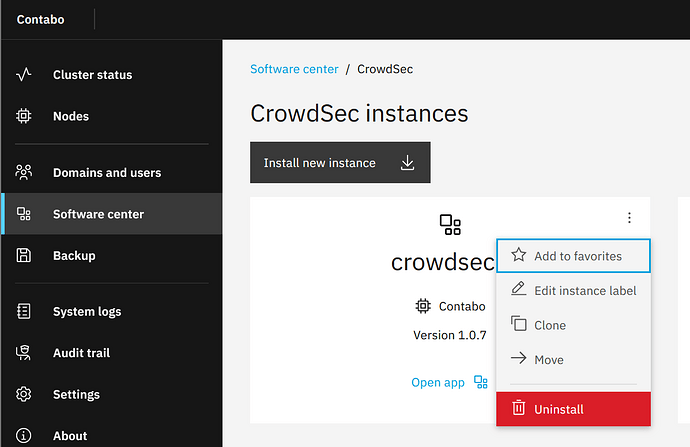NethServer Version: NS8
Module: your_module
I hope this thread does not come as grumbling and griping about nethserver. I recently tried to migrate from NS7 to NS8 and wanted to share the negative experience I had. Perhaps it will resonate with others with similar experience or maybe something in my environment was the cause.
I have been using NS7 for a long time as my primary email server. I never deployed anything else in the NS7 along side just email and webtop. WebTop served quite well over the years. The activesync although was not perfect, it worked well for the most part to keep email, calendar and contacts in sync on many of our users android devices.
We have 23 email domains and few 100s email boxes. Email authentication was done using Active Directory. All worked as expected. I decided to give NS8 a try since I no longer wanted to remain on centos. We have moved away from centos into Debian for all linux machines. Deploying new NS8 on top of Debian was the logical choice.
Installation went fine. But soon after final reboot I have noticed high CPU and RAM usage on the NS8. I have virtual environment so NS8 was a virtual machine same as NS7. I duplicated same resources from NS7 to NS8. After I installed mail and webtop, the resource usage usage went up much higher. I had to double the core and memory, still it was using more resources than the fully loaded NS7 with all email domain and email boxes.
Instead of full migration I only migrated one email domain using imapsync. Inclusion of imapsync was a great addition as it made email migration a breeze. Webtop worked without a problem however I could not make the activesync work. I was hoping it would work out of the box. But the sync simply did not work.
I uploaded a 3rd party Sectigo SSL but IMAP and SMTP did not want to use it for some reason. I tried to use signal-event command as I did in the past for NS7, only then I realized NS8 is running in container form inside Debian. That is probably the reason of so high resource requirement. Suffice to say I could not find any directory for NS8 like it was in NS7. Probably containerization was the cause. I tried to find documentation on this but nothing surfaced regarding the new architecture of NS8.
Attemot to create a cluster also proved fruitless. The 2nd NS8 instance simply wont talk to the master node. The cluster admin dashboard was very buggy to say the least. It constantly keep showing me either blank page or gray lines which seemed like placeholders. Repeated refresh of the page did not help much. It loaded completely sporadically when it saw fit.
While trying to figure out what was the best route to implement multiple domain, I installed 2 extra instances of mail app then fund out there are no way to uninstall them through GUI or console. Neth wiki had no mention of how to uninstall app.
I do apologize if it is there and I just missed it.
Although I could connect mobile devices using IMAP and there was no issue for incoming email, outgoing emails had issues. Mobile simply could not send out emails. They would sit in outbox forever.
I could not look through Logs as the log page was very unstable in loading. When it did load, there was not much info.
I use an external Smarthost to relay emails from email server. But the smarthost option is completely non existent and there was no way for me to add it to postfix via console.
As I mentioned earlier, I use Neth purely for stable Email platform. I do not use all other extra bells and whistle. I simply need an email server with activesync that just works. I understand neth8 is still ways off implementing all the features that ns7 had, but I expected the minimal features that are included in the current release of ns8 to work without major issue.
I did move away from Nethserver all together as I cannot take risk parts of Email features not working for so many email boxes. But I am still going to keep an Eye on NS8 and will have a test deployment to check regularly the maturity of NS8.
Is it just me who had all these issues or had it been a common experience?



